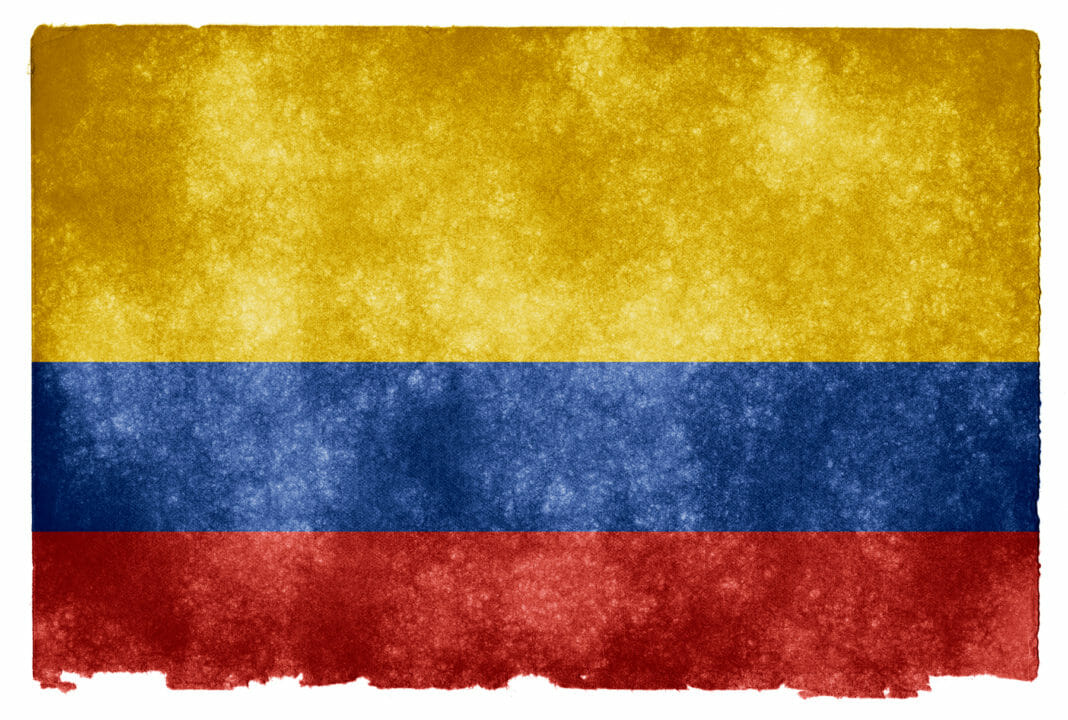After enjoying a remarkable boom with a 10.6% increase in 2021, the Colombian economy will grow by 5% in 2022. The annual increase in the consumer price index (CPI) reached 8.53%, the highest since 1975.
Estimates from Banco de la República and other public organizations in Colombia indicate that the gross domestic product (GDP) will grow between 4% and 6%. After the results of the first quarter of 2022 became public knowledge, there was an upward adjustment in the growth projections.
Although growth expectations for this year have improved, the rise in annual inflation to 8.53% in March disadvantages Colombians with the lowest incomes. The National Administrative Department of Statistics (DANE) of Colombia was the agency supplying those figures.
In 2021, the Colombian economy recovered notably after dropping by 7% in 2020 due to the pandemic. According to figures from DANE, GDP growth last year was 10.6%, the highest since 1975.
Colombia Stands out in Latin America Despite Its Slowdown
After growing significantly in 2021, various projections estimated that GDP growth would decrease by around half in early January 2022. Although the World Bank estimated an increase of just 4.1% this year, that rate positioned Colombia as a leader in Latin America.
The fading of the investment boost and the tightening of fiscal and monetary policy in 2021 contributed to slowing down Colombia in 2022.
In January, the International Monetary Fund (IMF) projected annual growth of 4.5%. However, they published an update to their estimates in late March, predicting growth of 5.75%.
The Financial Plan for 2022 of the Ministry of Finance of Colombia indicates that there will be a growth of 5%. However, Banco de la República, the Colombian central bank, predicts a 4.3% growth.
Inflation Affects the Most Vulnerable Colombians
In March, the annual increase in the consumer price index (CPI) reached 8.53%, the highest since 1975. The statistical agency DANE also calculated the impact of price increases according to different income levels.
Colombians with the lowest income levels suffer the most from the rise in the price of food and electricity. However, according to DANE, the percentage increase in those same items is lower for the upper classes.
A chart from March shows that inflation was 6.72% for the upper classes and 8.75% for the middle class. According to the DANE classification, inflation was 10.46% and 10.35% for the poorest and most vulnerable, respectively.
Bitcoin Attracts a Growing Number of Colombians
The Financial Superintendence of Colombia (SFC) has authorized the operations of several exchanges, which has relaxed the regulation of cryptocurrencies. Those platforms, including Bitso, Binance and Gemini, partner with banks to offer crypto asset trading services.
A study by the Sherlock Communications marketing agency indicates that the interest from Colombians in cryptocurrencies has grown significantly. Around 22.3% of Colombians expect to buy Bitcoin in 2022, about 208% growth compared to 5.2% in January.
Mauricio Tovar, COO of Tropikus, said that inflation would impact Latin America and Colombia in 2022. However, he highlighted the value of cryptocurrencies amid a problem that people seek to solve.
By Alexander Salazar











